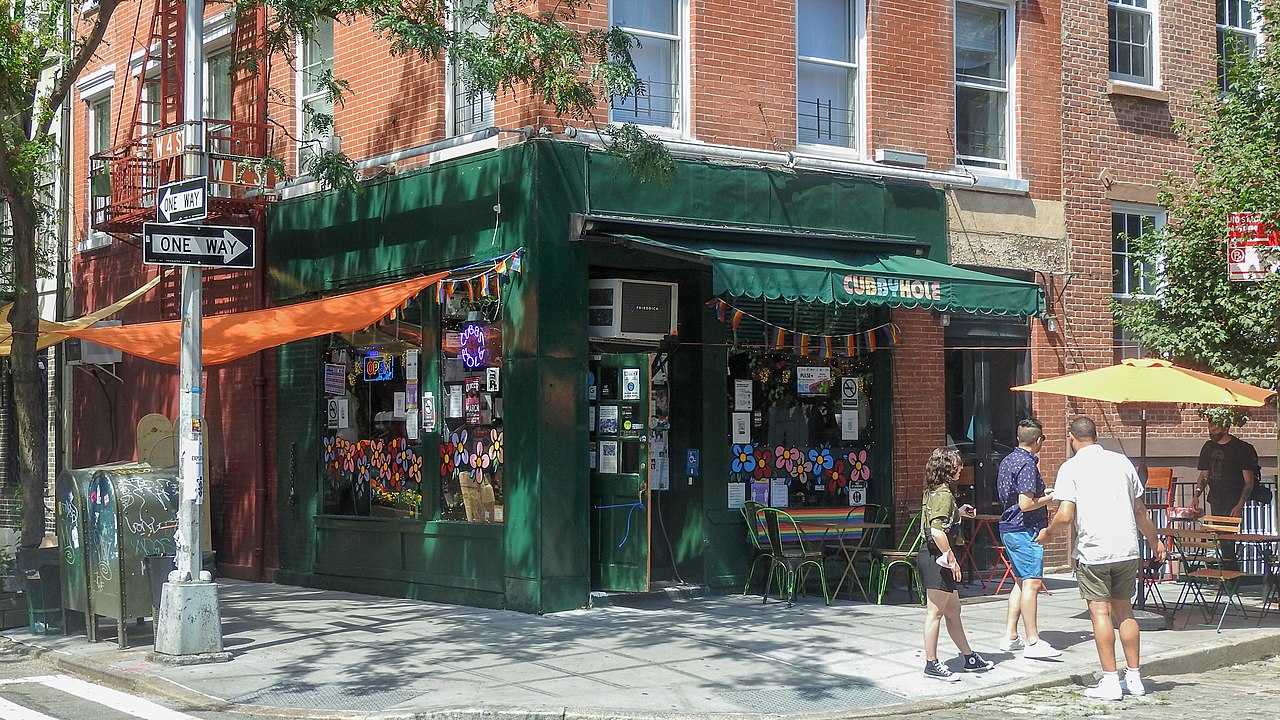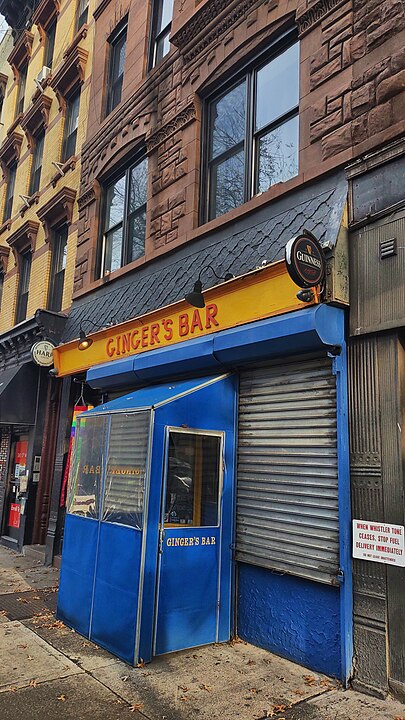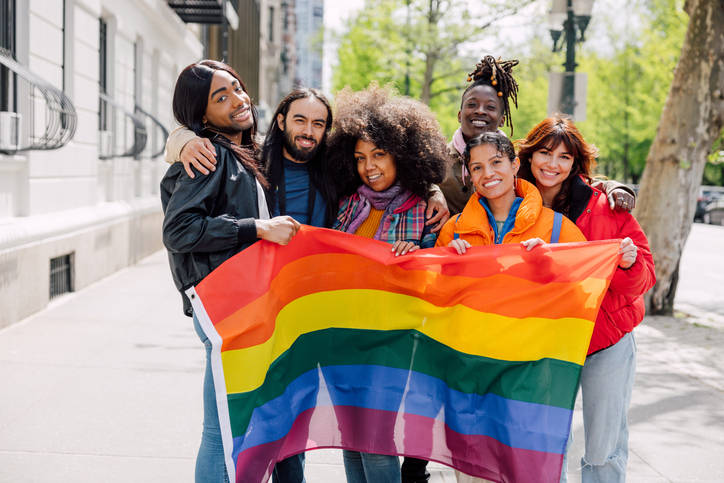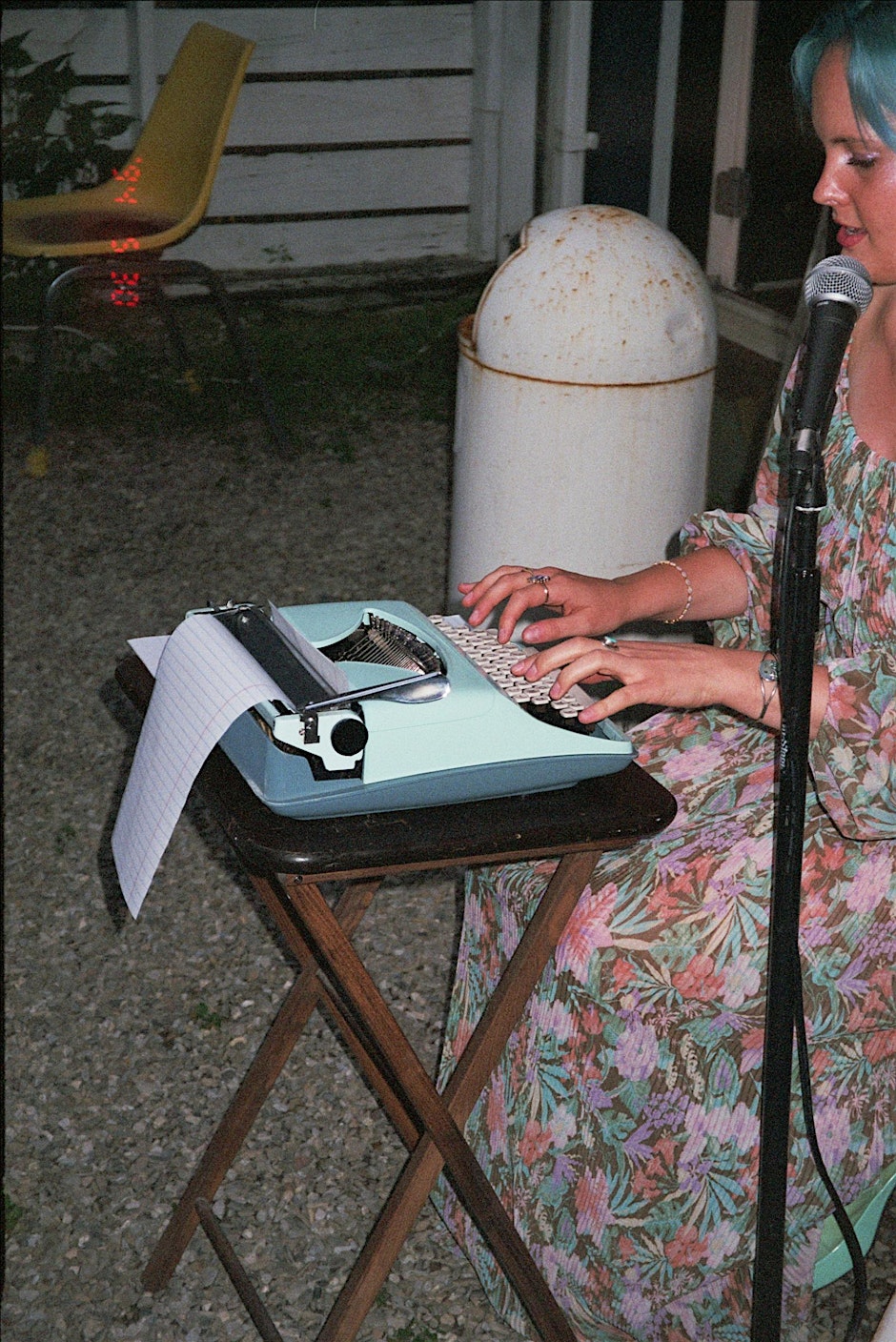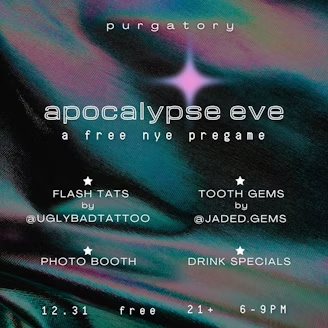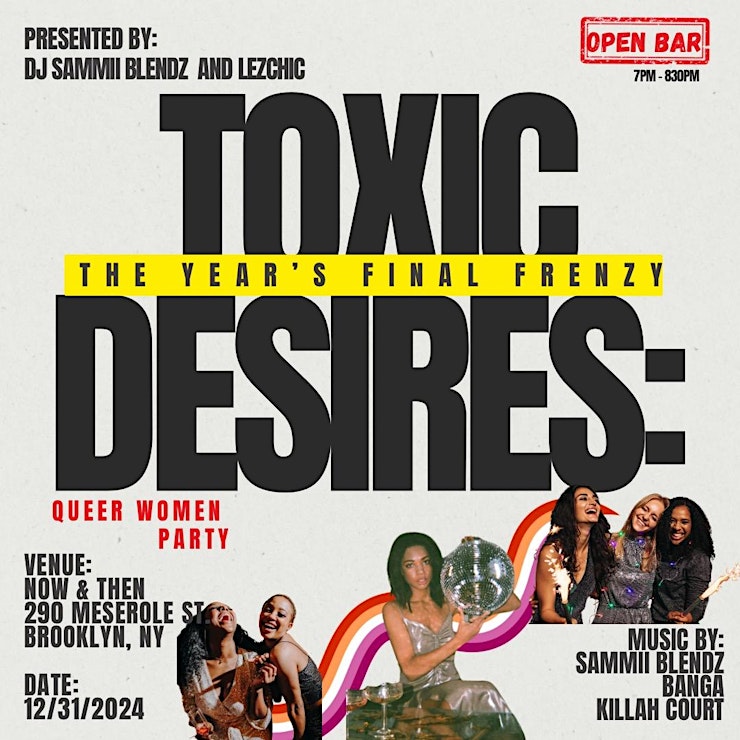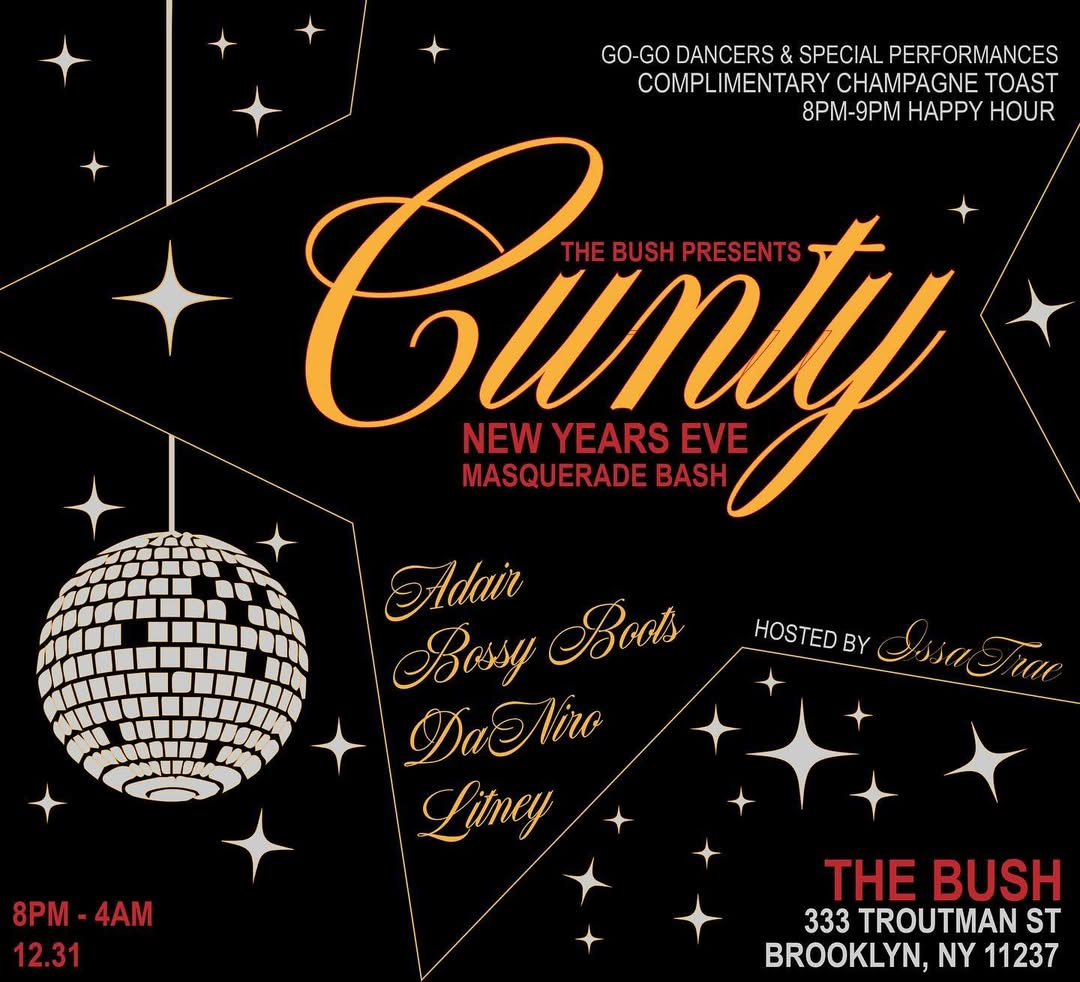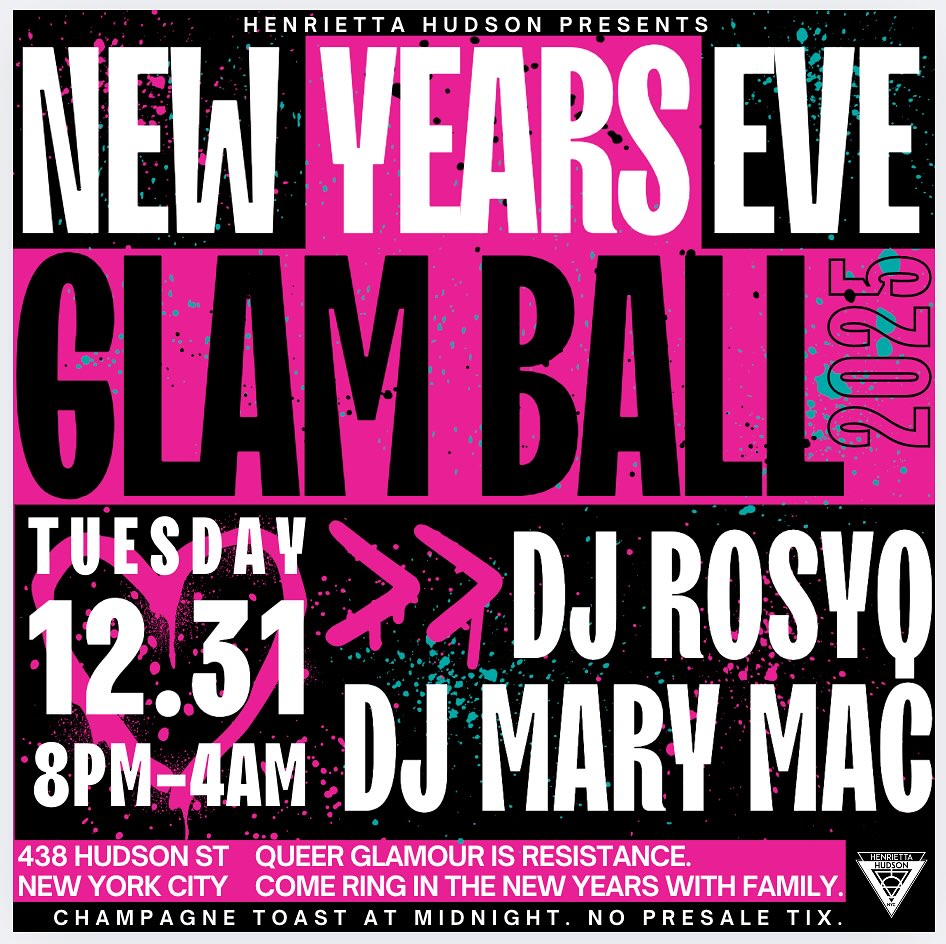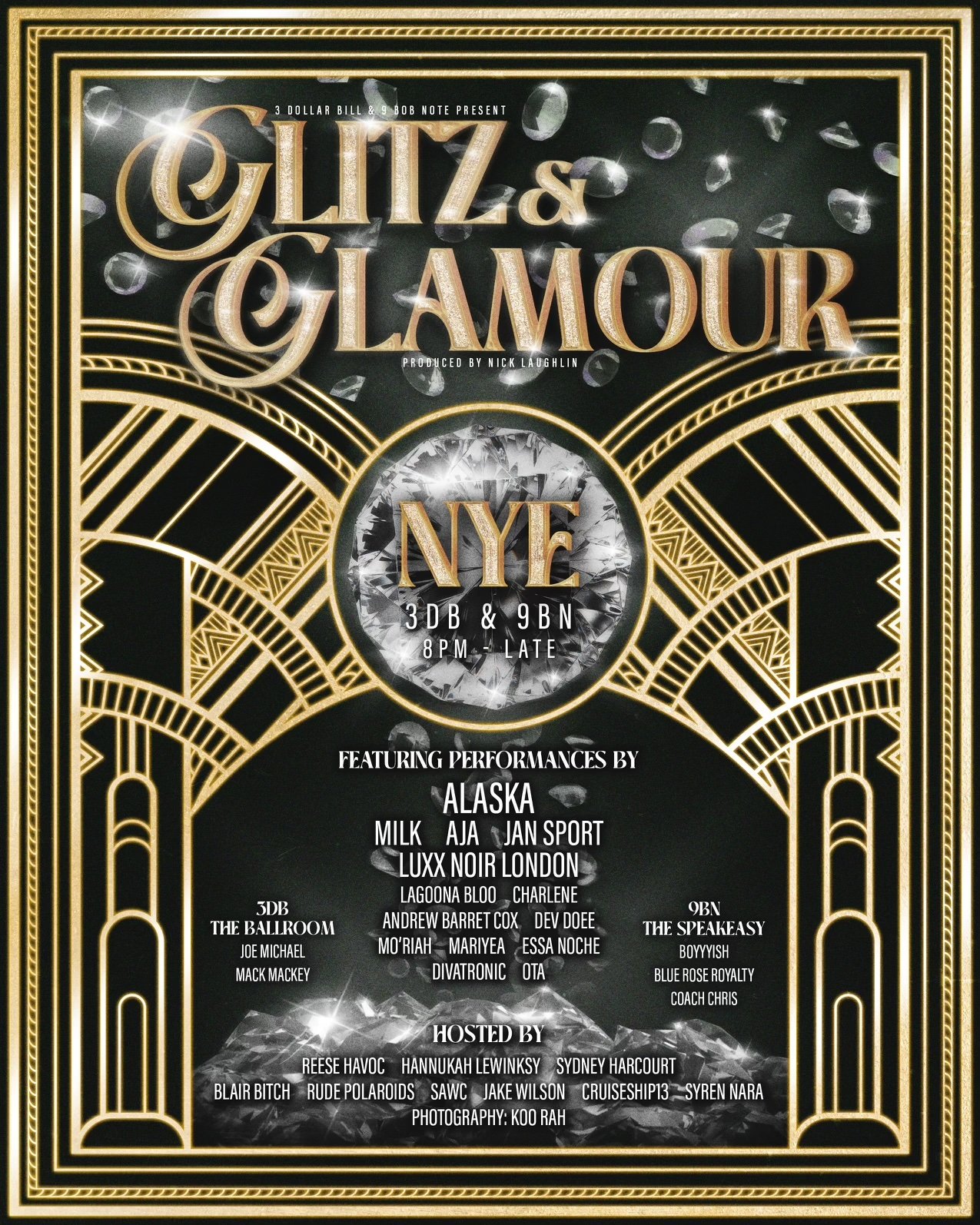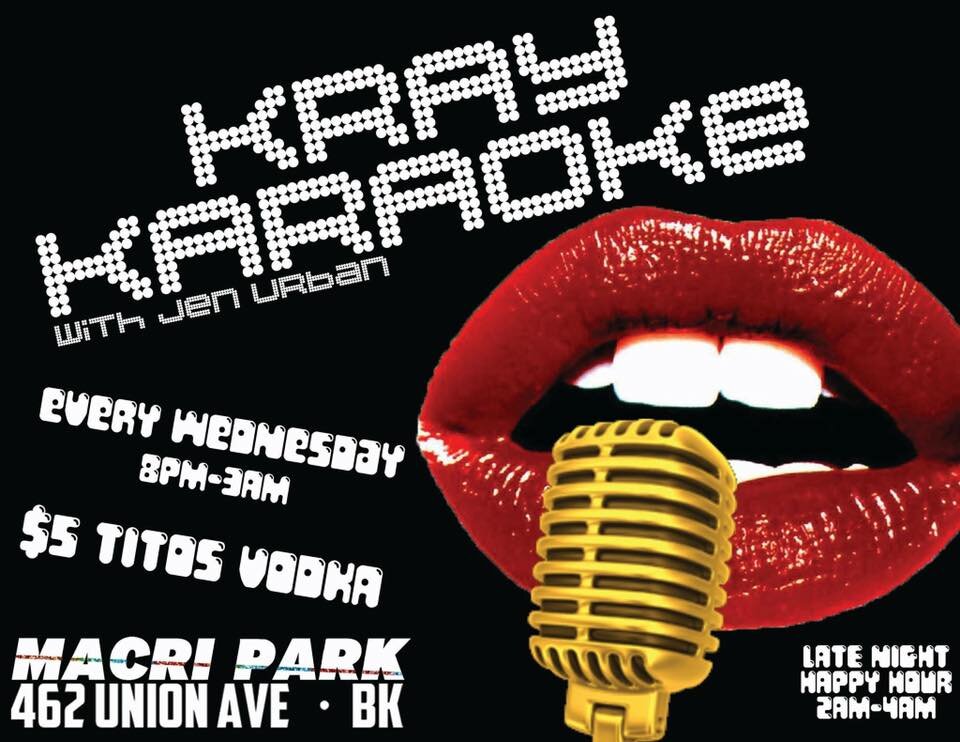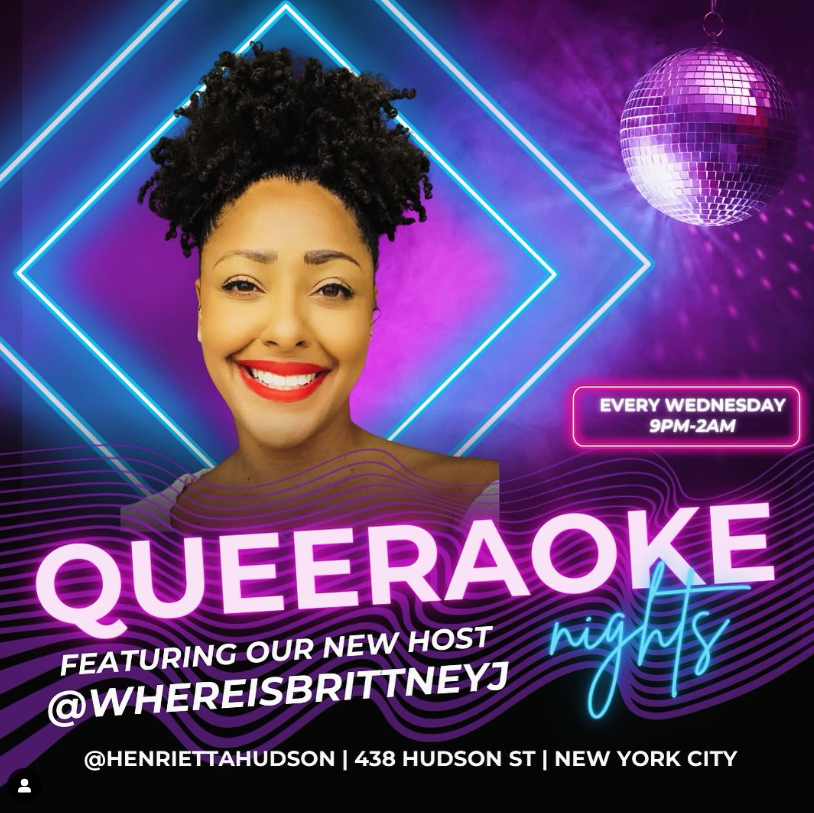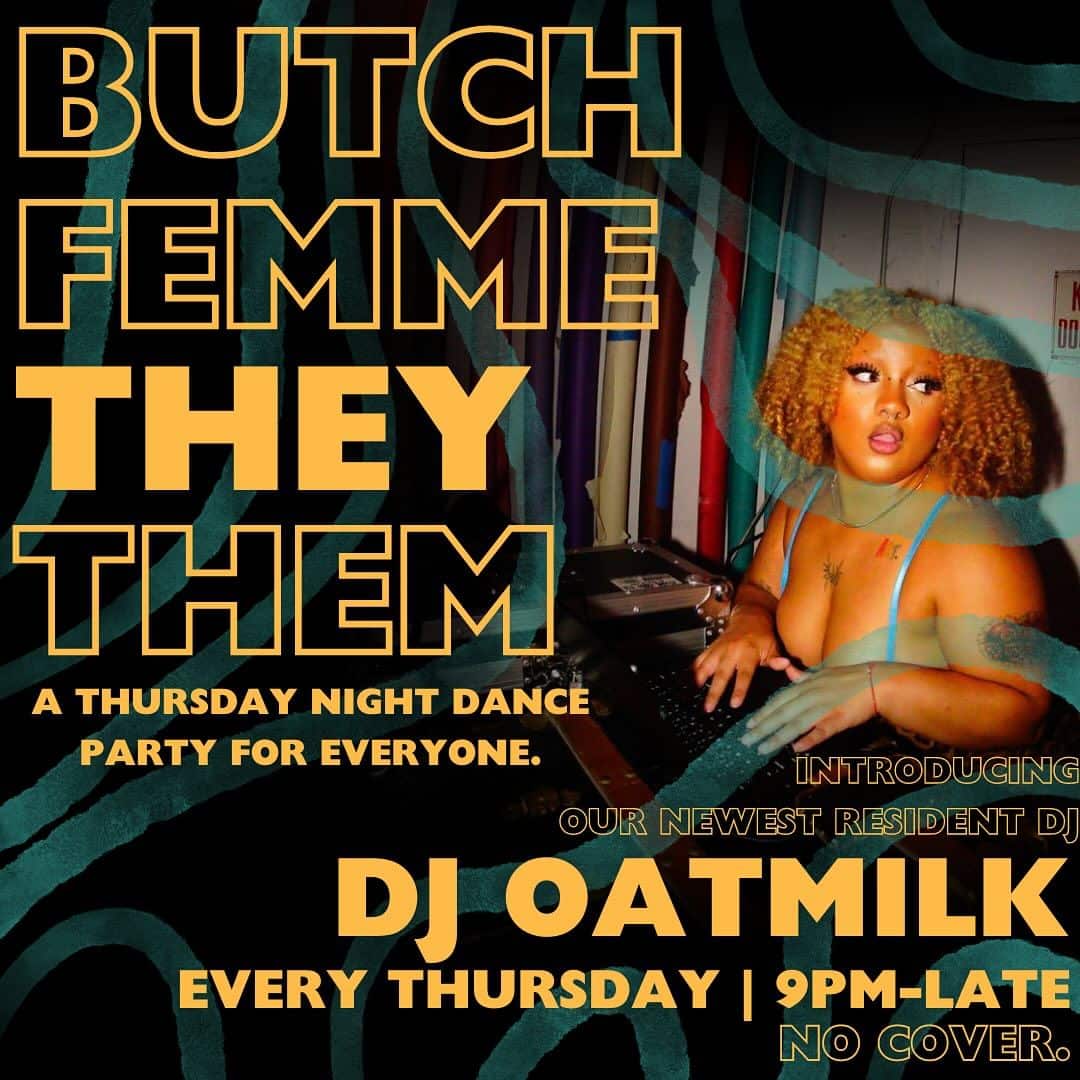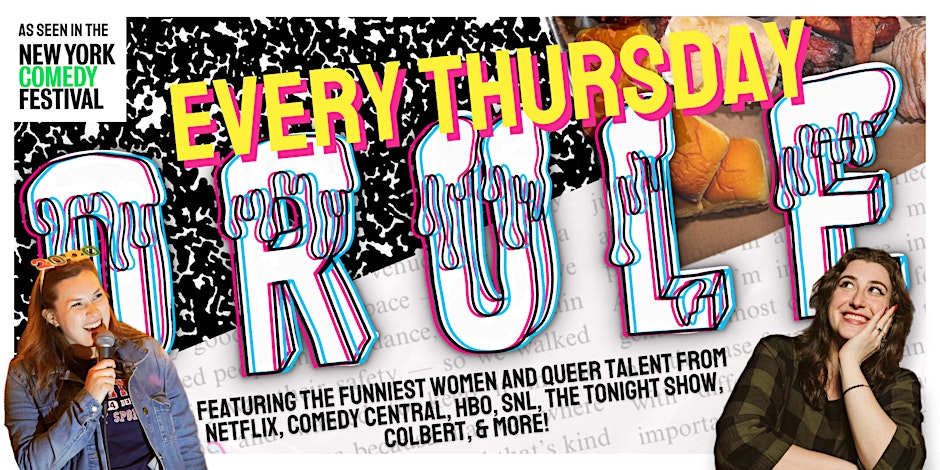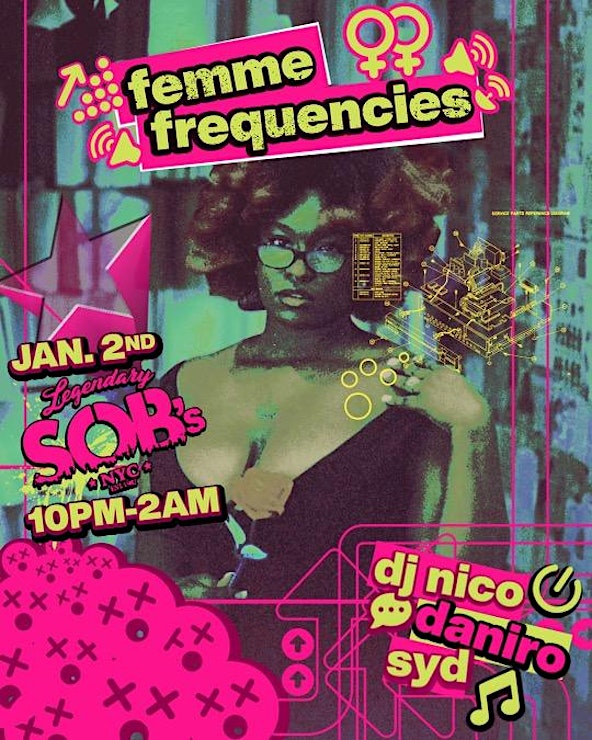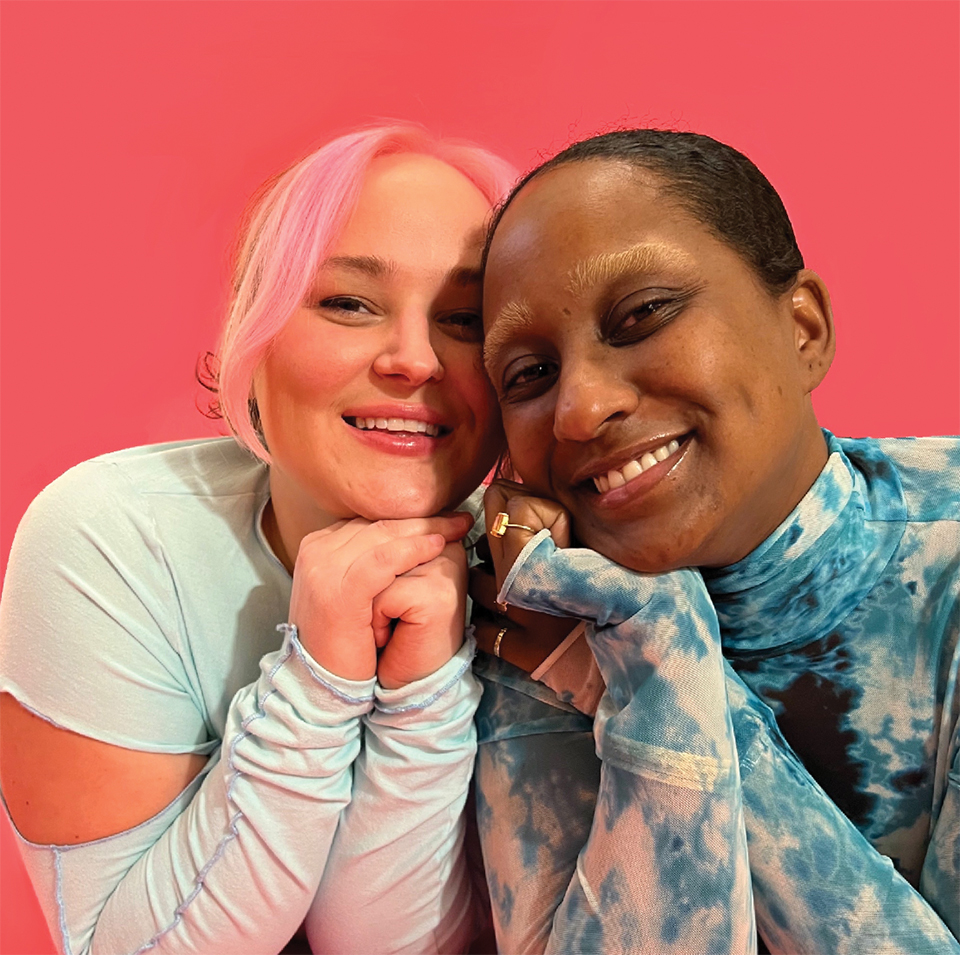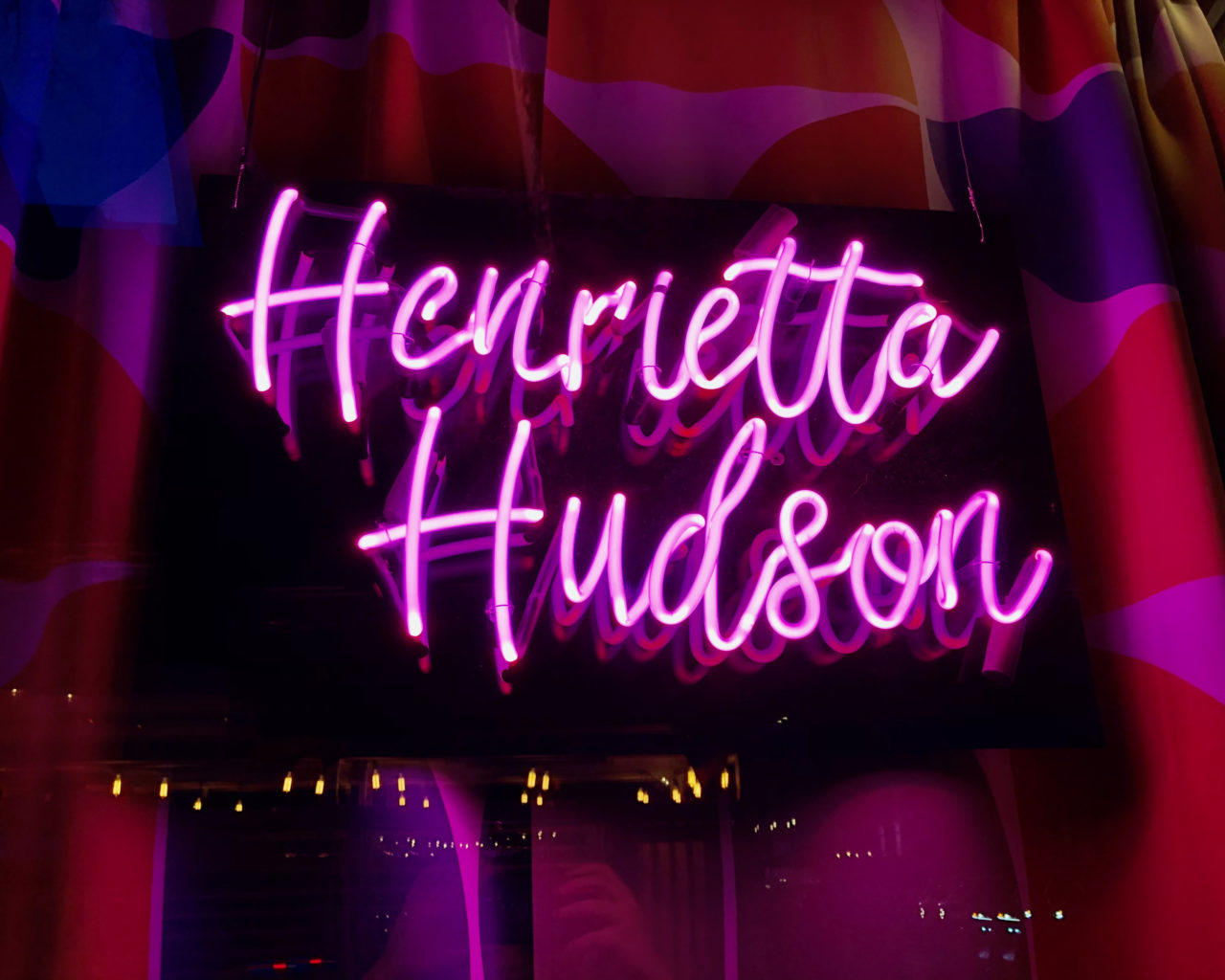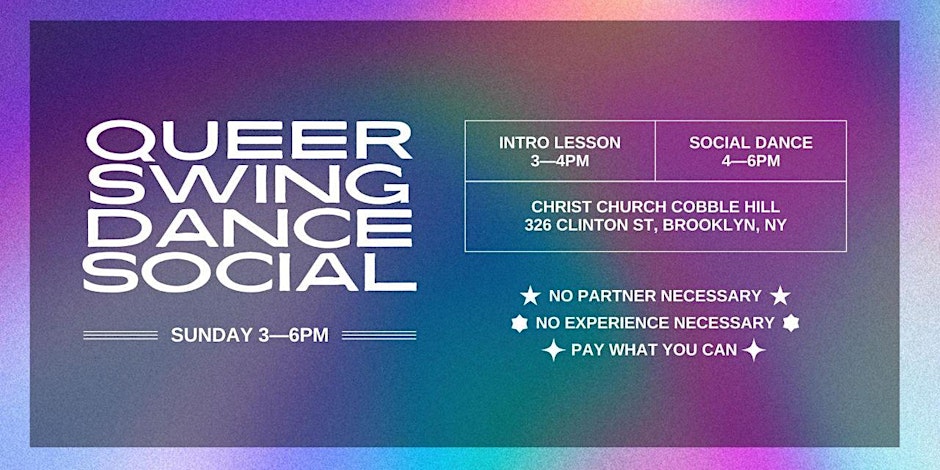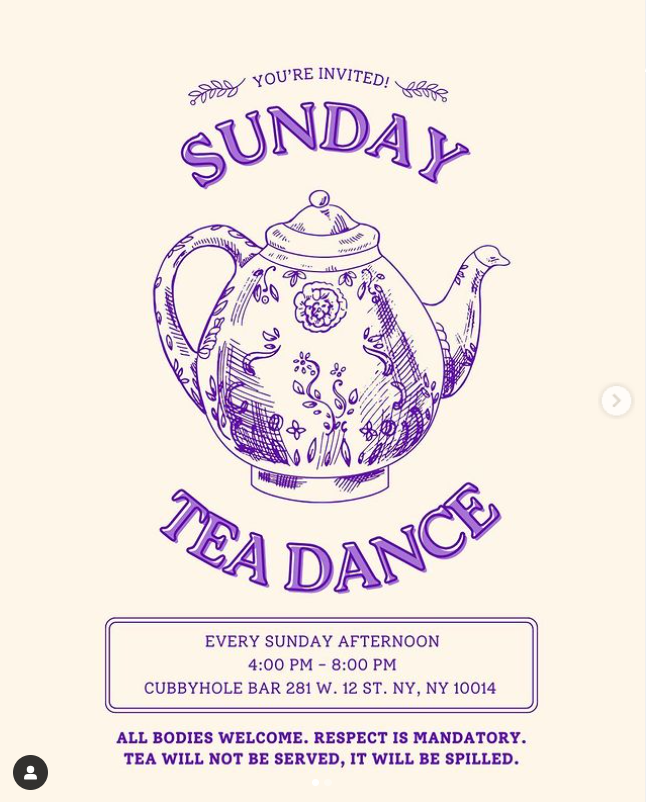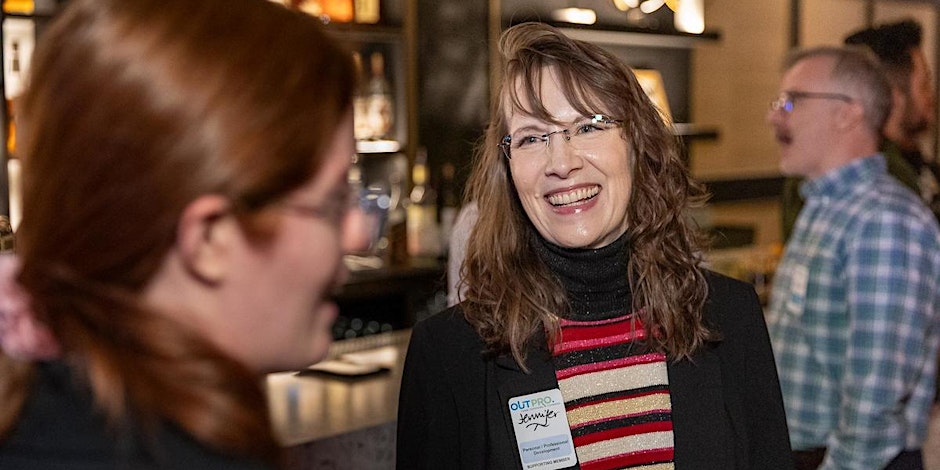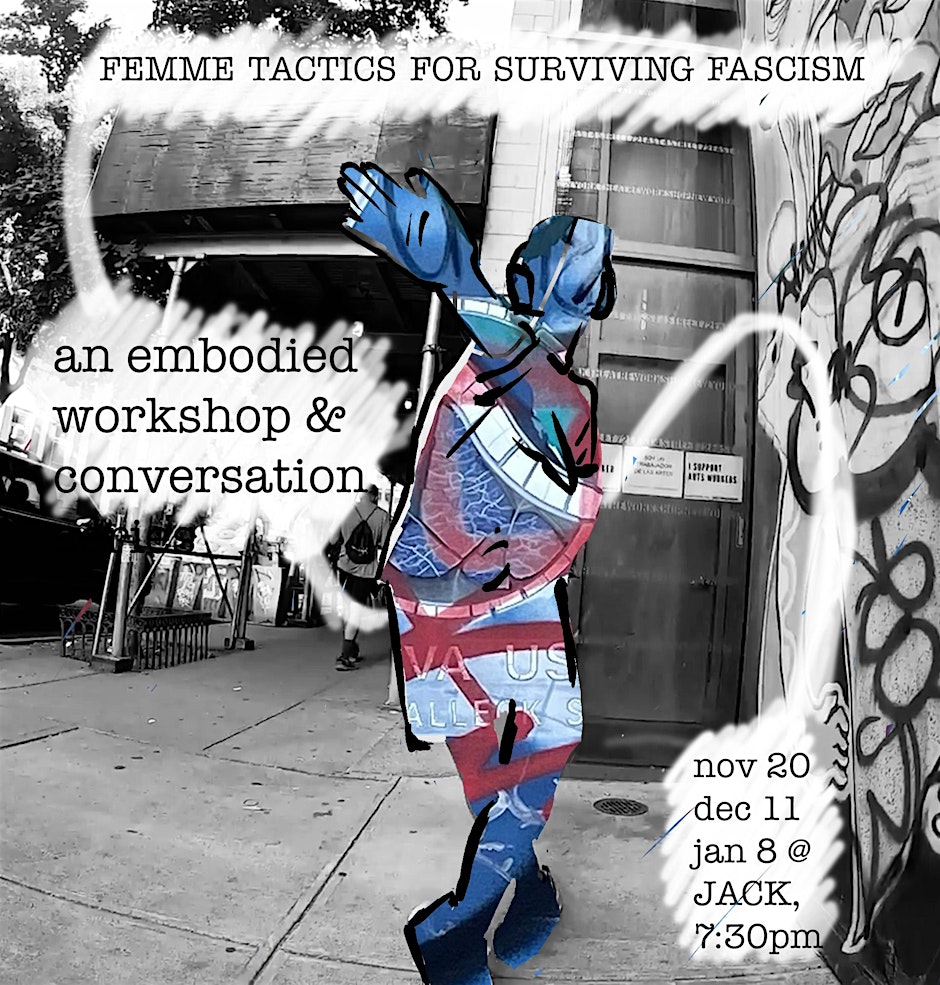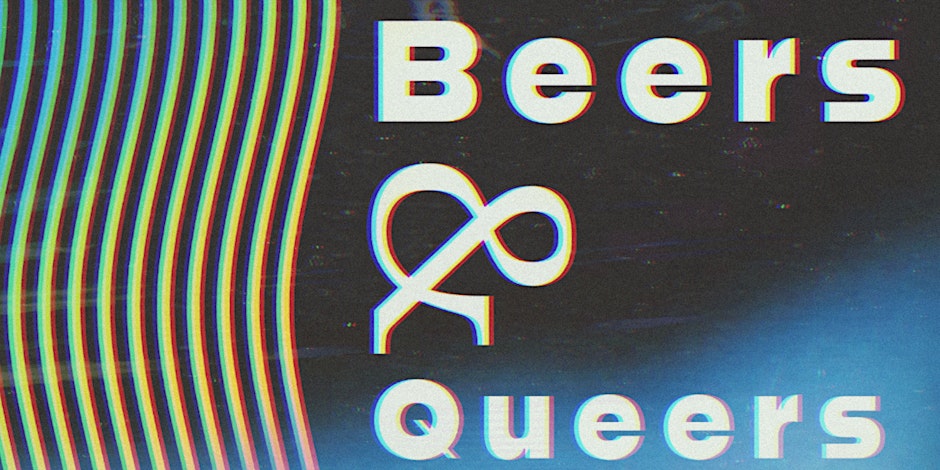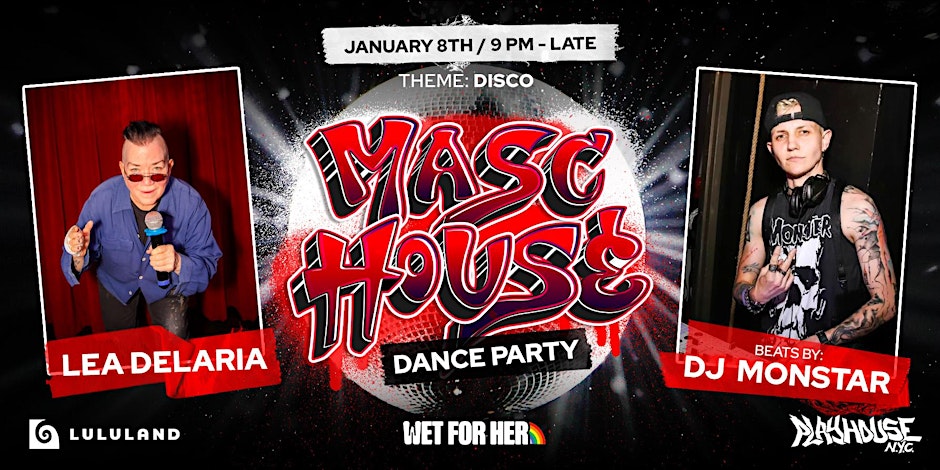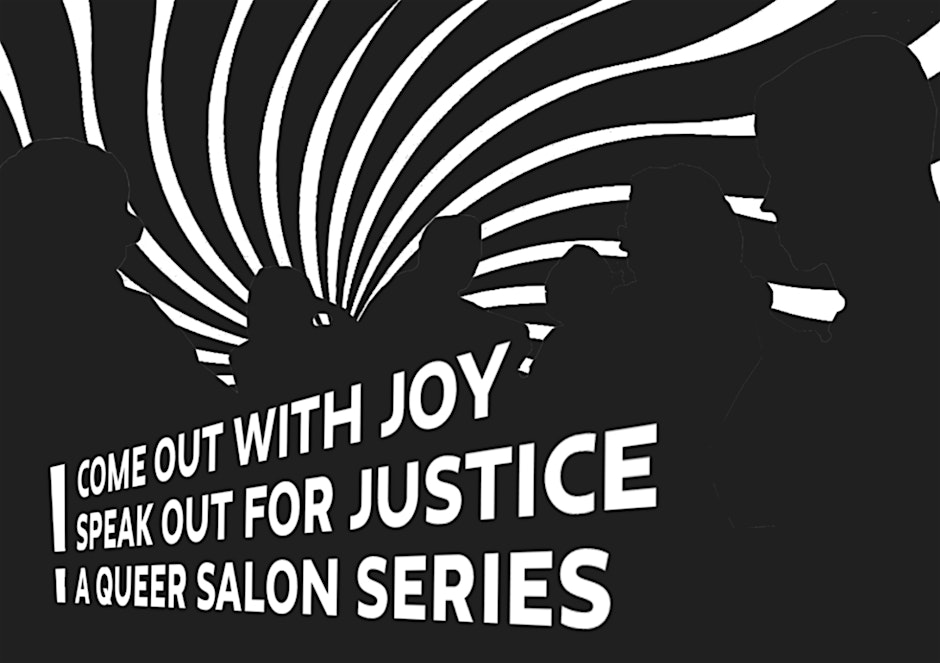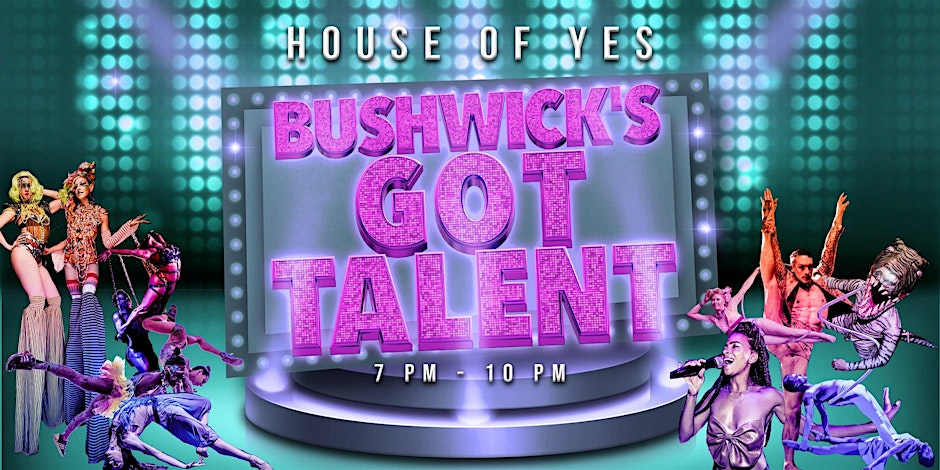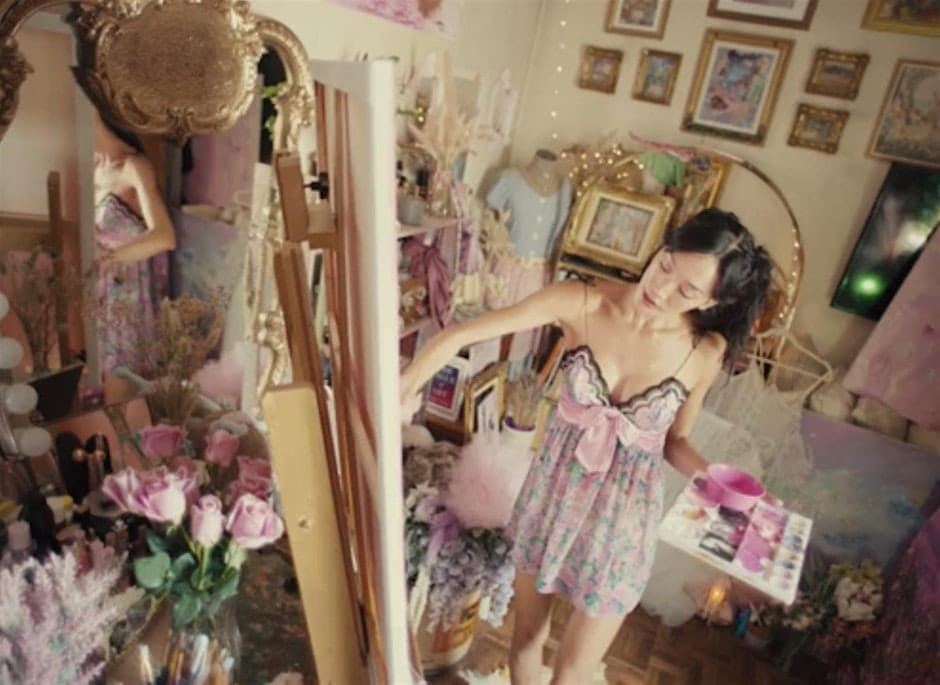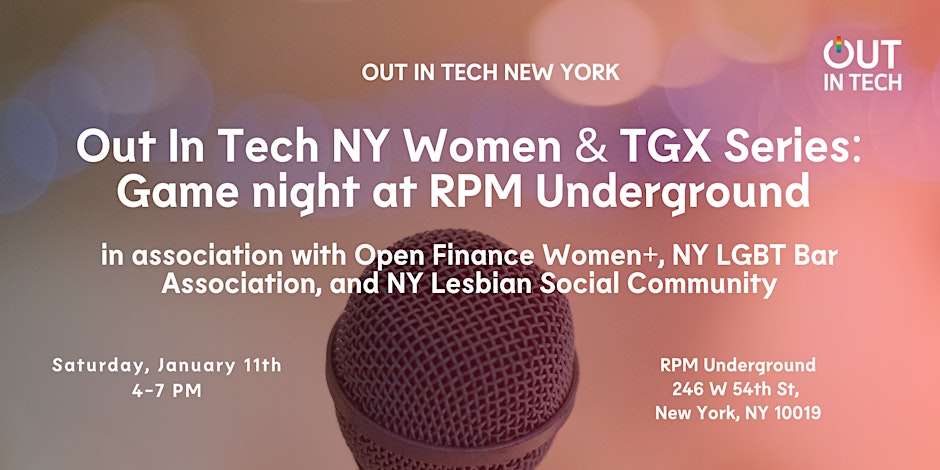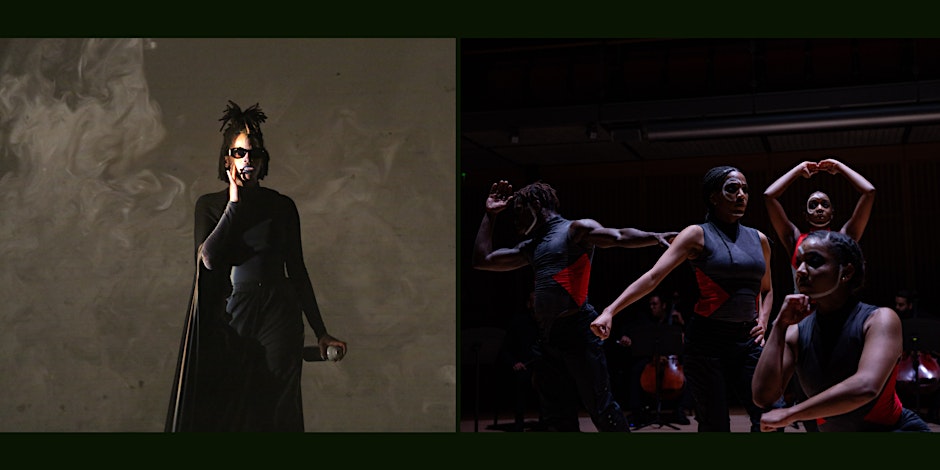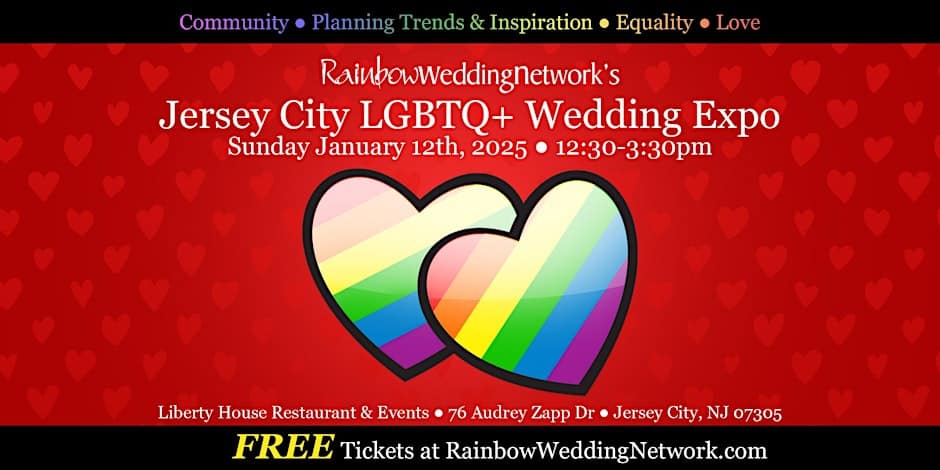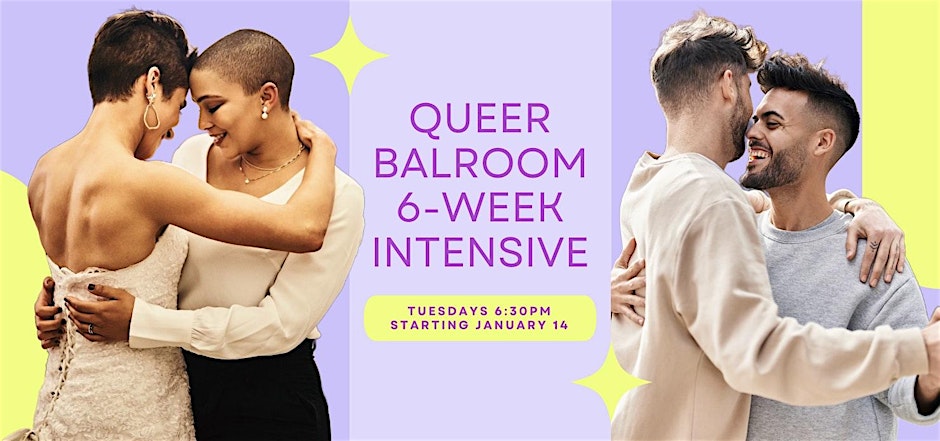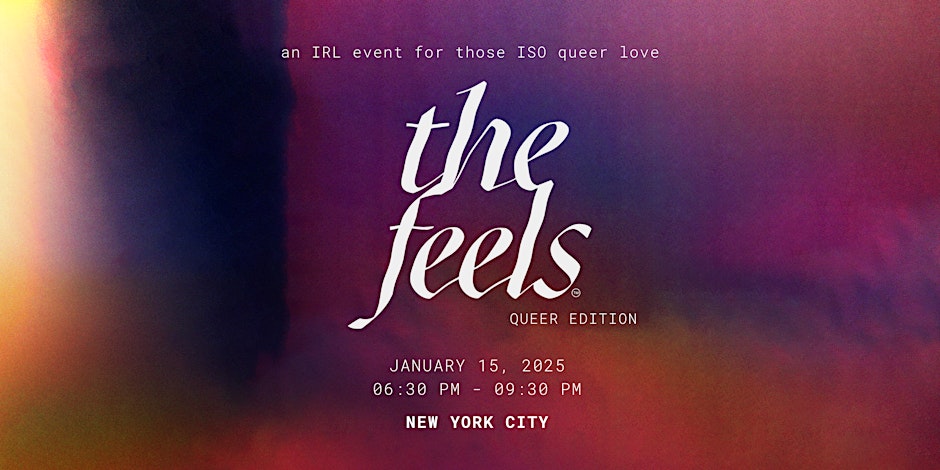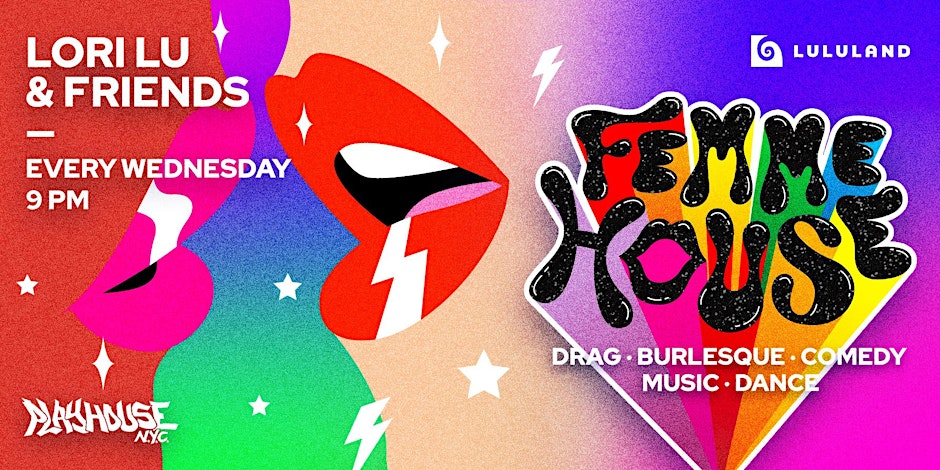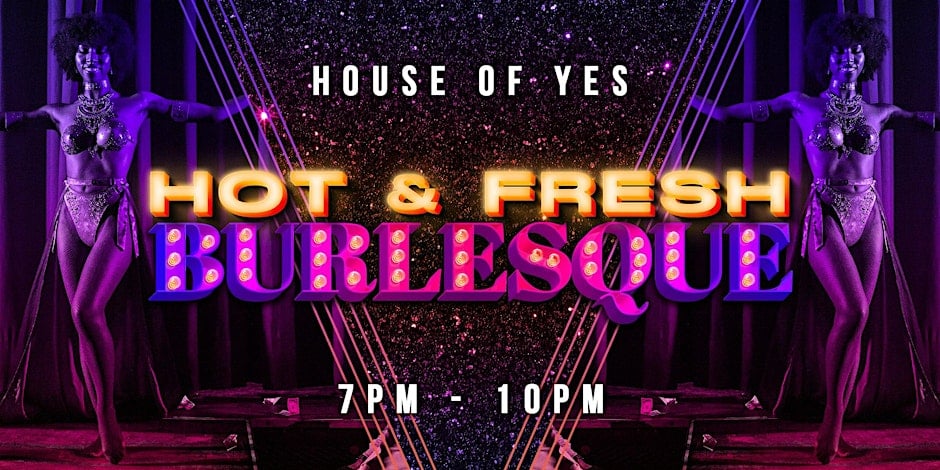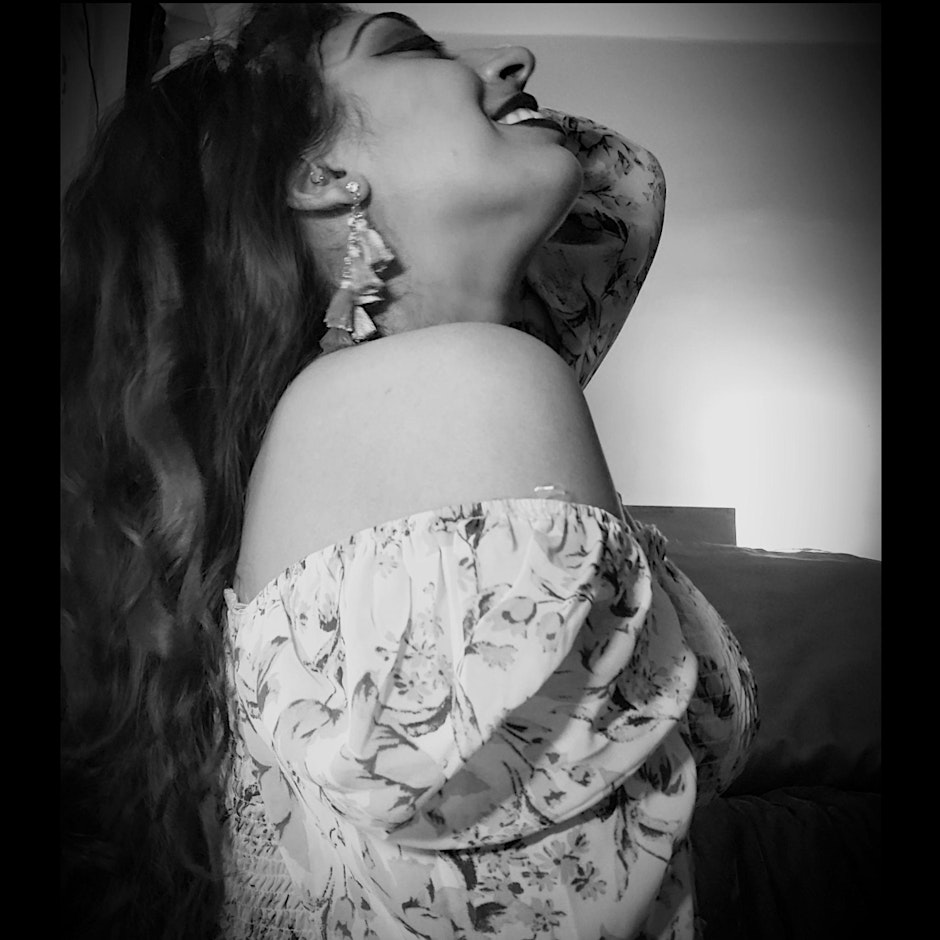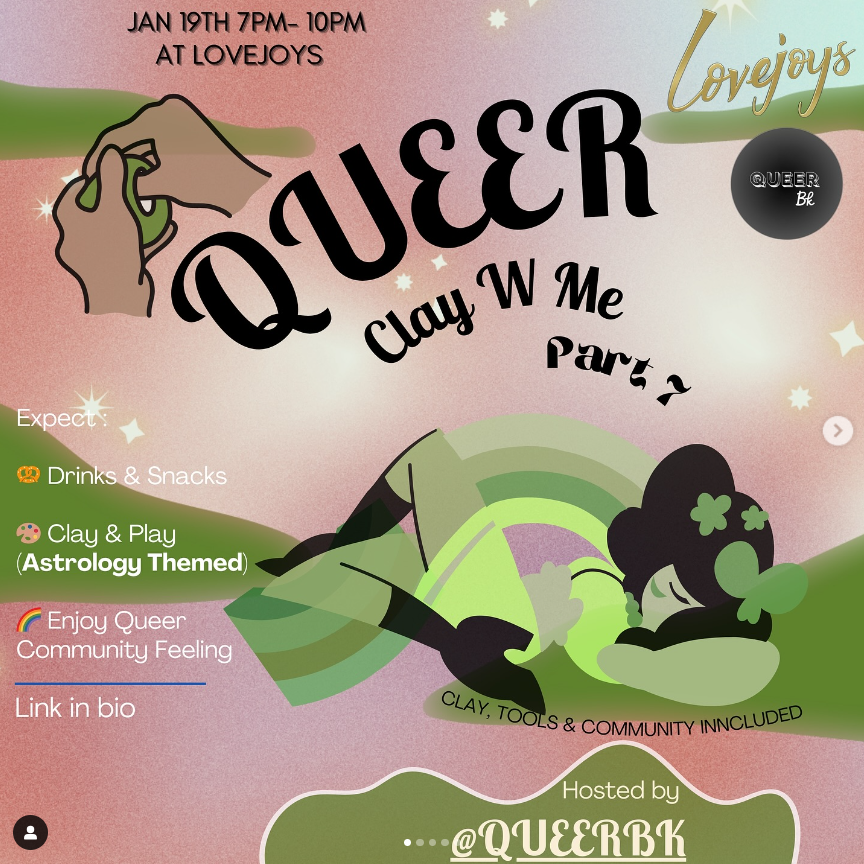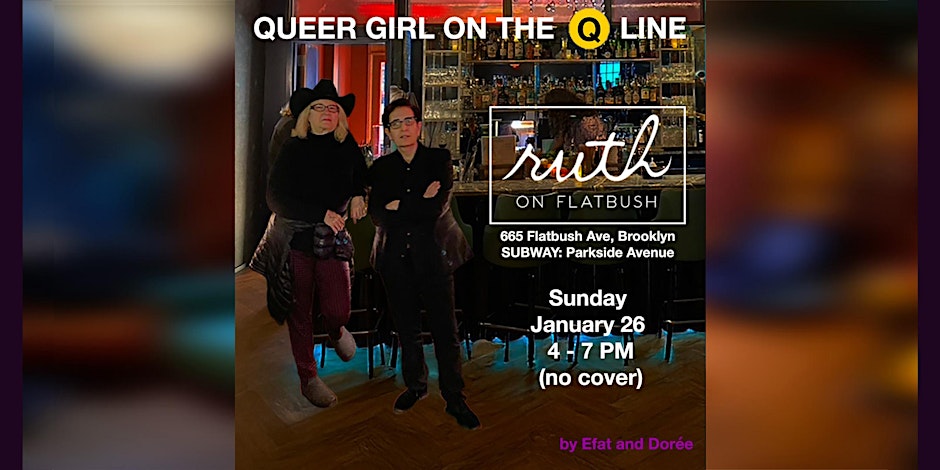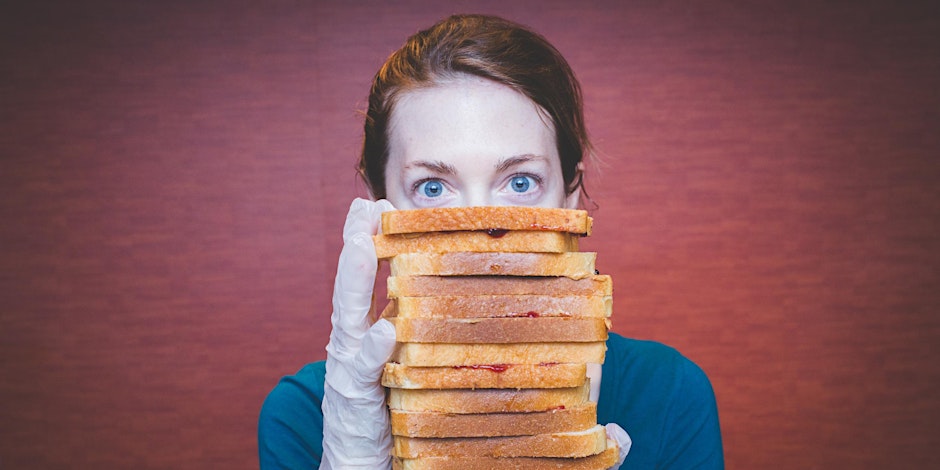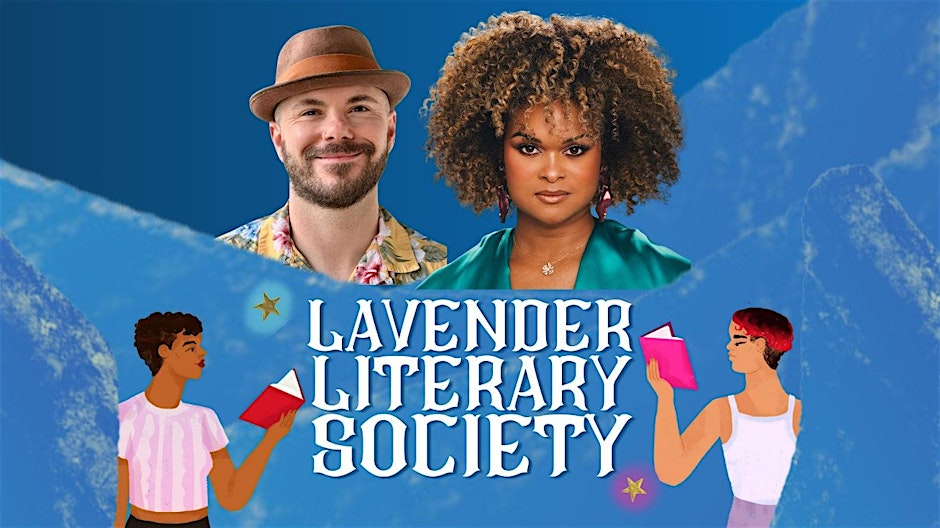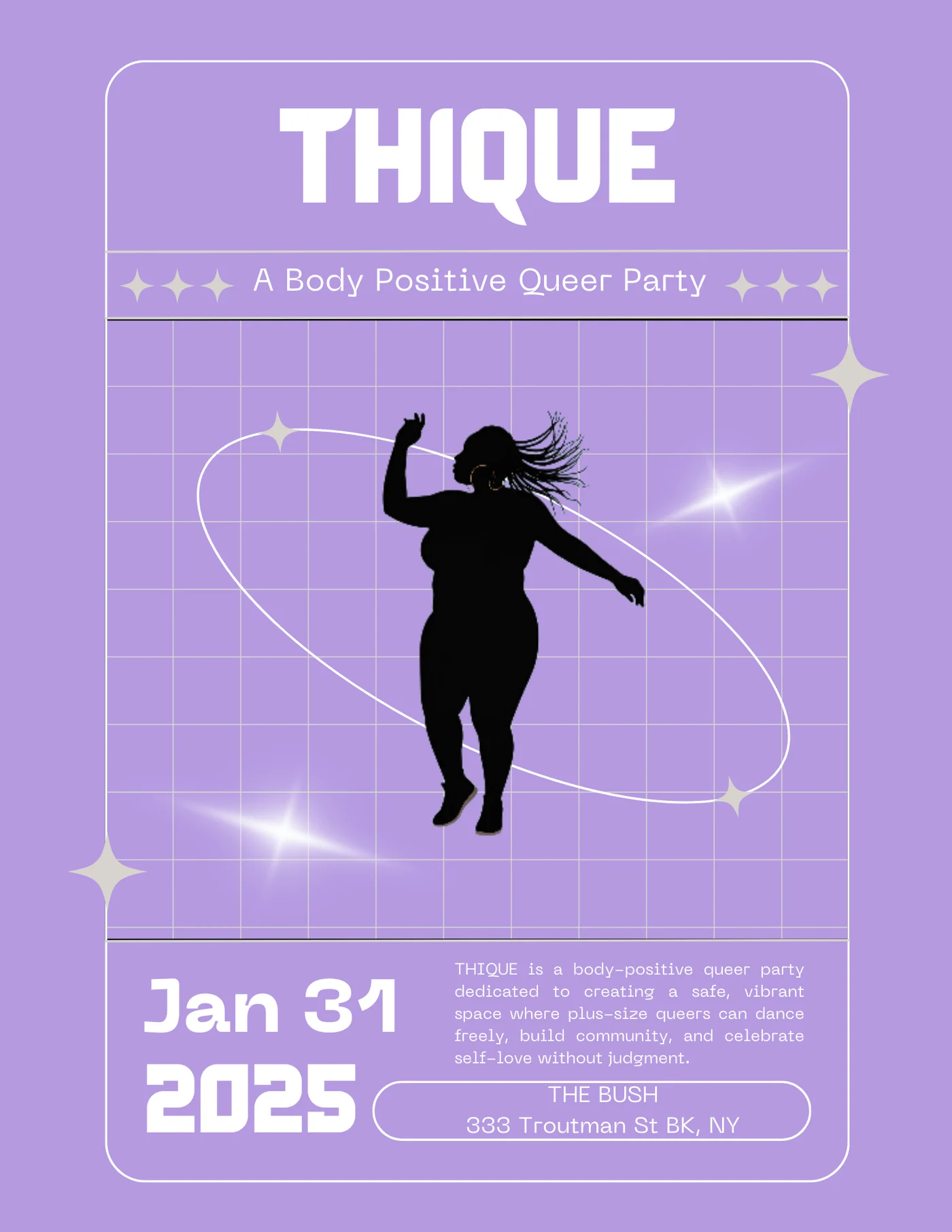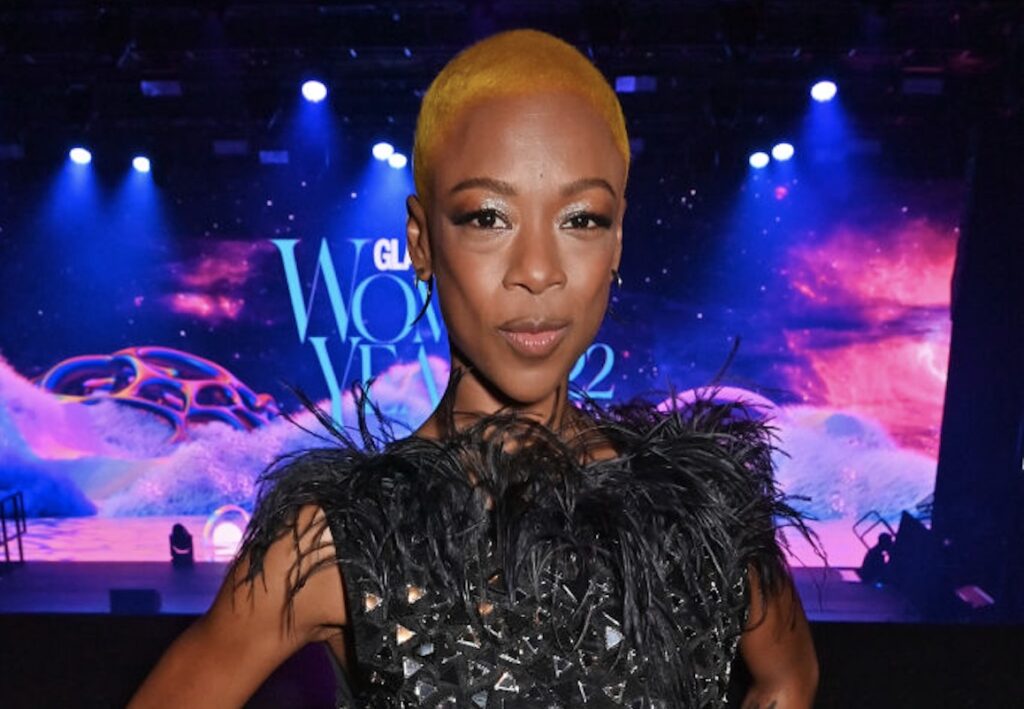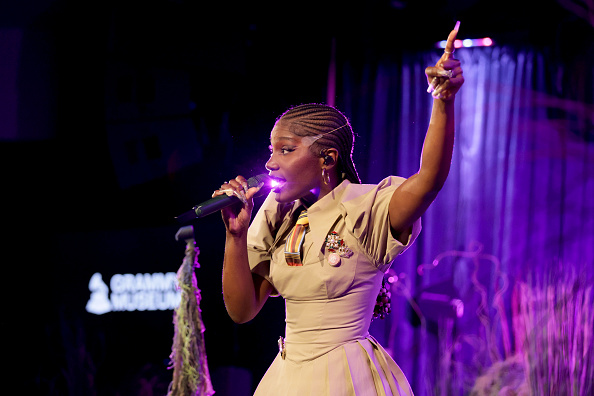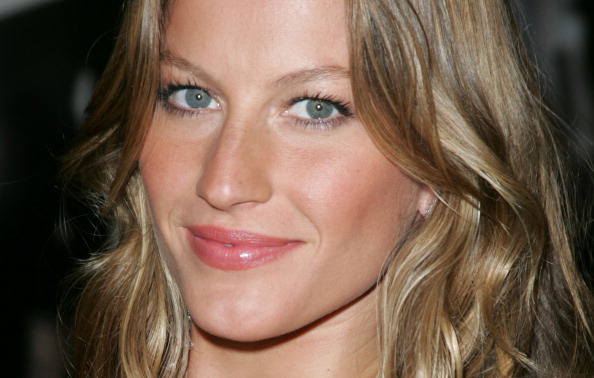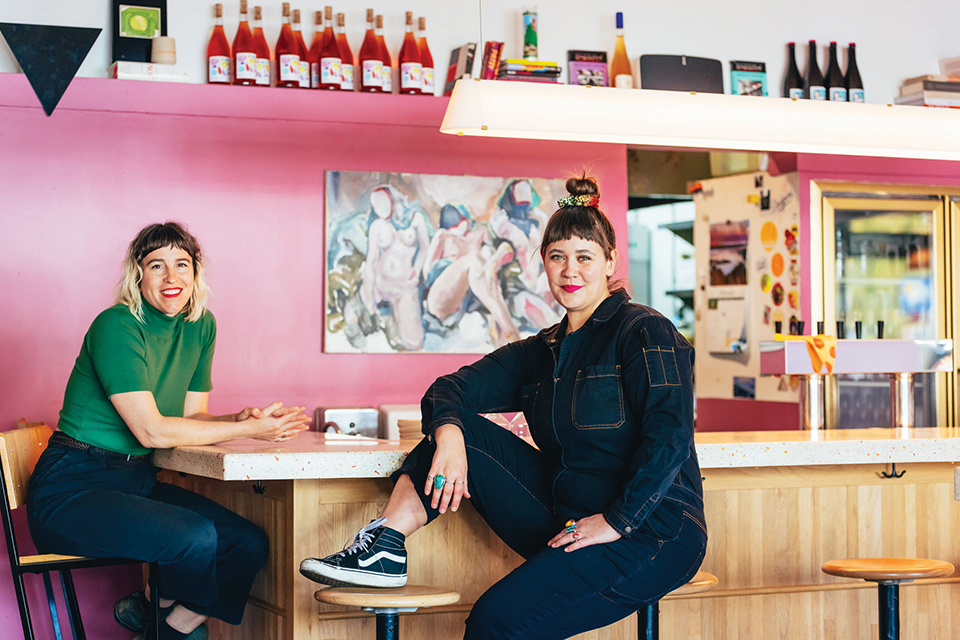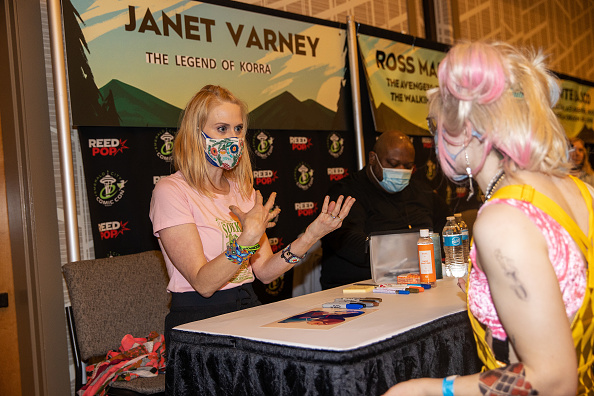
One of my favorite television shows out right now is “Riverdale.” It’s like a mix of 50’s aesthetic and Millennial rhetoric. And with three known LGBTQ characters, I’m even more of a fan. However, queer and trans fans of the show have been skeptical for the past two episodes as we’ve had to witness Cheryl Blossom (resident mean girl with a soft side) wither away at the Sisters Of Quiet Mercy, a Christian conversion therapy home. She was sent there by her mother almost directly after she came out to Toni Topaz, the bisexual Serpent she has a crush on.
“Everyone thinks I’m this loveless monster, but it isn’t true. I loved someone who loved me, and my mother destroyed it,” Cheryl says. “Her name was Heather.” When Toni responds in a way that is receptive and holds out her hand for Cheryl, there seems to be a hint at a future relationship. Which we got to witness in this past week’s episode “The Noose Tightens,” after Toni rescued Cheryl from the horrific reality of conversion therapy.

I remember when I first found out that gay conversion therapy was a thing that happened to young LGBTQ people all over the world. I was shocked. My naive self became so infuriated and all I could muster out to my coworker (I worked at the Hudson Valley LGBTQ Community Center at the time) was, “What can we do to stop this?” Luckily, she was one for action and let me know all the ways our work was already making steps towards ending this awful crime.
But that was back in 2013. Before the era of Mike Pence, staunch supporter of conversion therapy, as Vice President. Before we had #45 in office taking huge steps back for queer and trans liberation.
Currently, conversion therapy is perfectly legal in 39 U.S. states. That’s right, only 11 states and D.C. have laws that ban conversion therapy, with Maryland being the most recent state to join the fight against this discredited practice.
While “Riverdale” sometimes gives off a vintage vibe that will sometimes have viewers falling into the hole of the fictitious scandal created from small-town dramas — this plot line is very much so a reality for many young LGBTQ people still today. In therapists’ offices, at conversion summer camps, at pray-your-gay-away Church retreats. Which has me wondering, is it really necessary to show it as representation for Cheryl’s coming out experiences? Why is it that queer trauma gets so widely displayed in media, but our tenderness and our love doesn’t get the same representation?
“Riverdale” has many complex storylines for their characters — queer or not, and in Season 1 we got to watch as Kevin came out to his father, the sheriff in town, to find love and acceptance. I know the writers of “Riverdale” probably wanted to show that conversion therapy is an awful thing that no one should have to endure — but did they cross the line between having the creative freedom to tell a compelling story, and also understanding that these stories impact young people?
Writers tell stories through their characters and that is definitely a form art — and art pushes boundaries. But at a certain point, these characters become viscerally real for those watching and we feel their pain, so I do worry about young queer babies watching “Riverdale” and the impact Cheryl’s conversion therapy had on them.
Cheryl’s storyline has become increasingly more vulnerable since she came out and connected with Toni. Watching their relationship evolve and being able to see what happens when two women really support one another with love and acceptance has been, honestly, far more intriguing to me than watching her trauma. I guess that’s a beautiful aspect of following a story as complex as “Riverdale” — there are ebbs and flows that draw in different viewers for different reasons. Someone might have really appreciated seeing conversion therapy tackled on “Riverdale” for the exact reasons that I’ve loved watching Cheryl get super vulnerable and tender with other women on the show.
Before Cheryl was shipped off to Sisters Of Quiet Mercy, she had a slumber party with a few of “Riverdale’s” finest but it was later revealed that she really only wanted to have Toni there — you know, to make out. She snuggled closer to Toni as she whispered this in her ear, and this is a side of Cheryl we’ve been witnessing far more of lately. I’ve loved seeing the ways in which Cheryl has grown, though she’s definitely still a mean girl, she’s been humanized by the writers of “Riverdale” in Season 2 and it’s mainly happened through her growing relationship with Toni.
While watching her at conversation therapy was definitely awful — Toni showing up for her to save her from that hellhole was empowering. They shared a romantic AF kiss in front of the homophobic movie the nuns were forcing all the kids at conversation therapy to watch. I can only hope that Cheryl makes it her vendetta to shut down the Sisters Of Quiet Mercy and rescue every other queer kid trapped inside there.
I find it to be exhausting as a queer person to get excited by a form of representation on television, only to have to witness the trauma we know happens in our lives and our friends’ lives. On the other hand, I hope that the message “Riverdale” made by showing the reality of conversion therapy hit home for straight, cis viewers who may not be as familiar with this method and how it’s still practiced today.


I guess we’ll all just have to wait to see the fate of Cheryl and Toni’s ship, as the next episode of “Riverdale” is two weeks away. Will you be tuning in?
If you’re a survivor of conversion therapy and need support, visit conversiontherapysurvivors.org.



